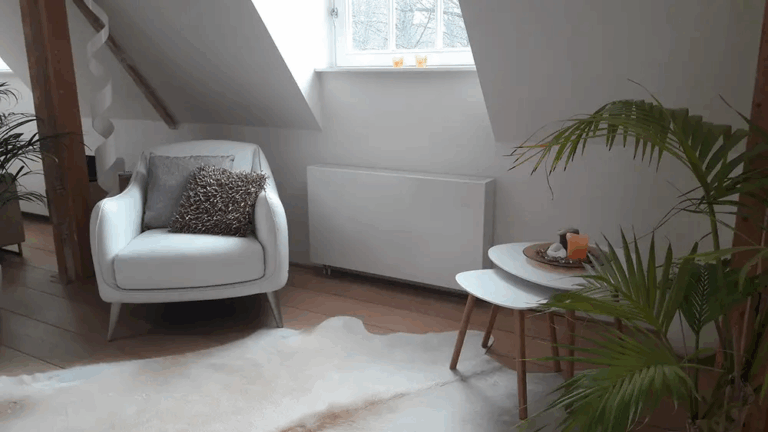
Just like for homeowners in any other city, water leaks are more than just an inconvenience for Sarasota homeowners—they’re a common and costly problem. With the area’s high humidity and frequent storms, the potential for water damage is always present. Whether it’s from a burst pipe, a flooded basement, or storm-related issues, water can ruin walls, flooring, and furniture in a matter of hours. Left untreated, it can lead to mold growth and structural damage, increasing the cost of repairs.
For homeowners, quick action is essential when dealing with a major water leak. This guide will walk you through the critical steps you need to take to restore your home and prevent future damage.
Assessing the Extent of the Damage
The first step in any renovation after a water leak is understanding how much damage has occurred. You may notice obvious signs like soaked carpets, peeling paint, or warped wood floors, but there’s often more damage hiding behind walls or underneath surfaces. Begin by conducting a thorough inspection of your home. Look for signs of water infiltration in all areas, especially basements, attics, and walls near the leak.
Taking photographs and making notes is crucial for insurance purposes. Your insurance company will need documentation to process your claim, and having clear evidence of the damage will support your case. In some instances, the damage may be so extensive that you’ll need professional help to assess it properly. A structural engineer or home inspector can evaluate the unseen damage, such as weakened support beams or deteriorated foundations.
Call in a Professional Water Damage Restoration Company
Once you’ve assessed the damage, your next step should be to call a local Sarasota water damage restoration company. While it might be tempting to handle the cleanup on your own, water damage can be tricky. Water can seep into places you can’t easily reach, such as inside walls or under flooring, leading to long-term issues like mold growth or wood rot.
A reputable water damage restoration company will have the tools and expertise to extract water quickly, dry out your home, and prevent further damage. Their advanced drying equipment, such as industrial dehumidifiers and high-speed air movers, ensures that all moisture is removed before renovations begin.
Checking for Mold and Preventing Future Growth
Mold is one of the most dangerous consequences of water damage, and it can begin growing within 24 to 48 hours after a leak occurs. Even if the visible water has been removed, mold could still be growing in hidden areas like behind walls or under floorboards.
If your home has been exposed to water for more than a day, it’s critical to hire a mold remediation specialist. They will perform a thorough inspection to identify any areas where mold may have developed and safely remove it before it spreads. Preventing future mold growth is just as important—once the area is dry, consider using mold-resistant materials for your renovations, such as drywall or paint with antimicrobial properties.
Inspecting the Structural Integrity of Your Home
Water damage can compromise the structural integrity of your home, especially if the leak was extensive or left untreated for a period of time. Ceilings, walls, and floors that have been soaked in water may need to be replaced or reinforced, as they can become weakened over time.
It’s a good idea to bring in a contractor or structural engineer to evaluate the affected areas. They can identify whether any major repairs are necessary, such as replacing load-bearing walls, reinforcing beams, or rebuilding damaged floors. Skipping this step could result in more expensive problems in the future, especially if your home’s structure continues to degrade over time.
Upgrading Your Plumbing to Prevent Future Leaks
If the water leak was caused by a burst pipe or plumbing failure, upgrading your plumbing system is crucial to preventing future issues. Older pipes, especially those made from galvanised steel or outdated PVC, are more susceptible to leaks and bursts over time. After a major leak, it’s wise to assess the overall condition of your plumbing and replace any worn or outdated components to ensure long-term reliability.
Consulting a Tampa plumber, or a similar professional in your area, can help you identify potential weak points in your system and make the necessary upgrades to protect your home from future water damage.Modern pipes made from PEX or copper offer greater durability and resistance to corrosion. By upgrading your plumbing system now, you can significantly reduce the risk of future leaks and avoid costly repairs down the road.
Using Mold-Resistant Paint to Protect Repaired Areas
Once the drywall has been replaced and your home is thoroughly dried, it’s time to repaint the affected areas. However, standard paint might not provide enough protection in rooms that are prone to moisture, like basements, kitchens, or bathrooms. To add an extra layer of defense against mold and mildew, consider using mold-resistant or waterproof paint.
These specialized paints are designed to withstand high humidity and moisture. By using these protective coatings, you can help prevent the growth of mold and extend the life of your newly renovated walls. This small step can make a big difference in keeping your home safe from future water-related issues.
Enhancing Exterior Drainage and Waterproofing for Long-Term Protection
After dealing with a major water leak, it’s important to take preventive measures to protect your home from future water damage. One of the best ways to do this is by improving your home’s exterior
drainage and waterproofing.
Ensure that your gutters and downspouts are in good condition and direct water away from your home. You might also consider installing reliable french drain systems or upgrading your exterior waterproofing for an added layer of protection. By addressing potential weak spots around your home’s exterior, you can prevent future leaks and keep your newly renovated home safe from water damage.
Renovating after a major water leak can be a daunting task, but taking the right steps ensures that your home is not only restored but also protected against future damage. From replacing damaged flooring and drywall to upgrading plumbing and improving insulation, every aspect of the renovation process plays a role in securing the safety and comfort of your home.
By calling in professionals to assess the damage, removing compromised materials, and investing in water-resistant upgrades, you can prevent future leaks and keep your home dry. Whether it’s upgrading plumbing, adding mold-resistant paint, or improving exterior drainage, each action helps safeguard your home for the long term. With careful planning and the right renovations, you’ll not only repair the damage but also enhance your home’s resilience against challenging weather conditions.
Write and Win: Participate in Creative writing Contest & International Essay Contest and win fabulous prizes.


